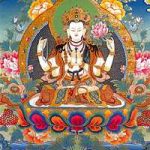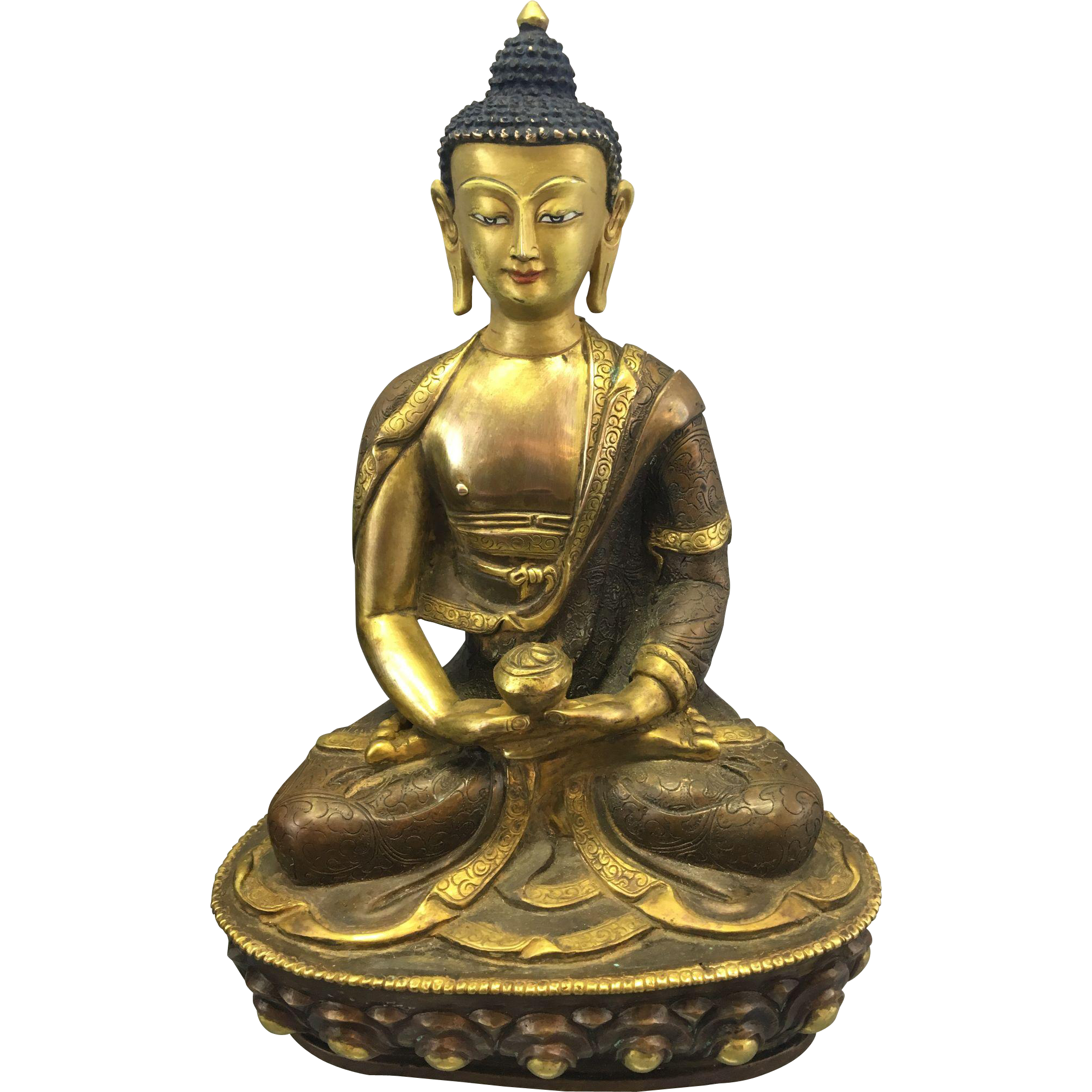Welcome to our thirty first online suggested practise for the week. We are now broadcasting a live teaching each Monday evening. If you would like to participate please contact us using the contact form on the homepage.
1.0) If you feel so inclined, begin by reciting the usual prayers (please follow below links for text). Alternatively, try to think or articulate a wish for all beings to achieve liberation from suffering, etc .
Four Thoughts: contemplating each in turn – http://northantsbuddhists.com/the-four-thoughts/
Refuge Prayer: twice in Tibetan, once in English – http://northantsbuddhists.com/the-refuge-prayer/

2.0) Bodhicitta practise – Presented by Helen Puk

Bodhicitta is a spontaneous wish to attain enlightenment motivated by great compassion for all sentient beings, accompanied by a falling away of the attachment to the illusion of an inherently existing self. … A person who has a spontaneous realization or motivation of bodhicitta is called a bodhisattva. It is interweaving compassion and emptiness to awaken
Arousing Boddhicitta is very powerful but we practice it every day. It is a selfless act to help others.We react to a child crying or an old person falling. We see refugees suffering, This week I have seen people in the group helping others animals selflessly developing Boddhicitta.. It is having a good kind heart, not just Buddhists practice this. Love is universal A genuine love and compassion. Not gooey Love, Love that gives that warm glow when you have done a good deed. We tend to just wait for it to hapharzerdly happen. However we can arouse this purposely. We can cultivate it by meditating on people we love. We essentially pull at our heart strings.
Chitta means “mind” and also “heart” or “attitude.” Bodhi means “awake,” “enlightened,” or “completely open.” Sometimes the completely open heart and mind of bodhichitta is called the soft spot, a place as vulnerable and tender as an open wound. It is equated, in part, with our ability to love. Even the cruelest people have this soft spot. Even the most vicious animals love their offspring. As Chögyam Trungpa Rinpoche put it, “Everybody loves something, even if it’s only tortillas.”
There is a crack in everything (there is a crack in everything). That’s how the light gets in – Leonard Cohen
It is only with the heart that one can see rightly; what is essential is invisible to the eye – Antoine de Saint Exupéry
It is seeing things for what they are with a heartfelt wish to end suffering for all beings. This is committed to in the Boddhisatva vow
An accumulation of merit leads too good Karma. Good Karma eventually or sometime simultaneously leads to a release from the Karmic system and awakening.
Lama Jiga said the ironic thing with awakening, is that you realise we are interrelated and have to awaken everyone.
Pema Chodren explain:- When I was about six years old I received the essential bodhichitta teaching from an old woman sitting in the sun. I was walking by her house one day feeling lonely, unloved and mad, kicking anything I could find. Laughing, she said to me, “Little girl, don’t you go letting life harden your heart.”
Right there, I received this pith instruction: we can let the circumstances of our lives harden us so that we become increasingly resentful and afraid, or we can let them soften us and make us kinder and more open to what scares us. We always have this choice.
If we were to ask the Buddha, “What is bodhichitta?” he might tell us that this word is easier to understand than to translate. He might encourage us to seek out ways to find its meaning in our own lives. He might tantalize us by adding that it is only bodhichitta that heals, that bodhichitta is capable of transforming the hardest of hearts and the most prejudiced and fearful minds.
We can learn to seize that vulnerable moment—love, gratitude, loneliness, embarrassment, inadequacy—to awaken bodhichitta.
Bodhichitta is also equated, in part, with compassion—our ability to feel the pain that we share with others. Without realizing it we continually shield ourselves from this pain because it scares us. We put up protective walls made of opinions, prejudices and strategies, barriers that are built on a deep fear of being hurt. These walls are further fortified by emotions of all kinds: anger, craving, indifference, jealousy and envy, arrogance and pride. But fortunately for us, the soft spot—our innate ability to love and to care about things—is like a crack in these walls we erect. It’s a natural opening in the barriers we create when we’re afraid. With practice we can learn to find this opening. We can learn to seize that vulnerable moment—love, gratitude, loneliness, embarrassment, inadequacy—to awaken bodhichitta.
An analogy for bodhichitta is the rawness of a broken heart. Sometimes this broken heart gives birth to anxiety and panic; sometimes to anger, resentment and blame. But under the hardness of that armor there is the tenderness of genuine sadness. This is our link with all those who have ever loved. This genuine heart of sadness can teach us great compassion. It can humble us when we’re arrogant and soften us when we are unkind. It awakens us when we prefer to sleep and pierces through our indifference. This continual ache of the heart is a blessing that when accepted fully can be shared with all.
The Buddha said that we are never separated from enlightenment. Even at the times we feel most stuck, we are never alienated from the awakened state. This is a revolutionary assertion. Even ordinary people like us with hang-ups and confusion have this mind of enlightenment called bodhichitta. The openness and warmth of bodhichitta is in fact our true nature and condition. Even when our neurosis feels far more basic than our wisdom, even when we’re feeling most confused and hopeless, bodhichitta—like the open sky—is always here, undiminished by the clouds that temporarily cover it.
Given that we are so familiar with the clouds, of course, we may find the Buddha’s teaching hard to believe. Yet the truth is that in the midst of our suffering, in the hardest of times, we can contact this noble heart of bodhichitta. It is always available, in pain as well as in joy.
A young woman wrote to me about finding herself in a small town in the Middle East surrounded by people jeering, yelling, and threatening to throw stones at her and her friends because they were Americans. Of course she was terrified, and what happened to her is interesting. Suddenly she identified with every person throughout history who had ever been scorned and hated. She understood what it was like to be despised for any reason: ethnic group, racial background, sexual preference, gender. Something cracked wide open and she stood in the shoes of millions of oppressed people and saw with a new perspective. She even understood her shared humanity with those who hated her. This sense of deep connection, of belonging to the same family, is bodhichitta.
In ‘Engaging in the Bodhisattva Deeds’ Shantideva explains that if you churn creamy milk, rich butter is revealed as the essence. Likewise if you were to ‘churn’ all of the Buddha’s holy teachings, bodhicitta is pre-eminent because of its limitless benefits.
I guess I look at it that you should practice Boddhicitta not for the accumulation of merits but because it is the right thing to do and don’t forget to show kindness to yourself. Sometimes practicing Boddhicitta is doing the right thing for the greater good as in reprimanding a child.
—–0——
2.1) Widening our circle of compassion – Excerpts from Mindful Compassion by Paul Gilbert & Choden pp281-300 – Presented by Steve Reynolds

What is important here is to engage compassionately with the mud of our own lives (the complex of motives and emotions that drive us) as the basis for identifying with struggles that others go through. Being willing to turn towards our own pain and darker sides and hold them with compassion is the precondition for being able to relate to others in a similar way. Just as we have mud, so too do other people have mud, and through understanding and working skillfully with our own, we are in a position to offer something meaningful to others. When we begin to work compassionately with the difficult parts of ourselves – the angry or vengeful self, the anxious self, the critical self and so on – we can appreciate how many other people are struggling in similar ways; they also struggle with feelings of anxiety and anger and with destructive fantasies; they also experience low mood, lack of self-worth and self critical thoughts. By opening up to these dificult experiences in ourselves we can sense in the depths of our being what it feels like for others. Our compassion starts to become genuine and real.
Tonglen: taking and sending
This is a Tibetan word that means ‘taking and sending’. ‘Tong’ means ‘sending out’ or ‘letting go’ and ‘len’ means ‘receiving’ or ‘accepting’.
We begin the practice of tonglen by engaging with the pain and difficulty in our own experience. Throughout this practice section we need to start with self-compassion for the practice of compassion to be authentic.
Now imagine that you are stepping into and identifying with your compassionate self. Bring to mind each of the qualities of your compassionate self – wisdom, strength, warmth and commitment – and imagine that these qualities are fully present within you. Remember to create a friendly facial expression and imagine that you have a warm voice tone.
Imagine that directly in front of you is the ordinary part of you that is struggling, perhaps feeling lonely, fearful, misunderstood, angry, or troubled by physical illness or grief. As you look towards your ordinary self and become aware of the suffering you’ve been carrying, pay attention to the detail of your experience, almost as if you are watching a film of yourself going about your day. Let the pain and conflict of your ordinary self touch you and hold it with a a warm and compassionate concern. Be curious and interested in what you are going through without judging or condemning it. If you notice any resistance to opening up to yourself in this way, just become aware of this resistance and hold it gently in your awareness.
Now consider that the suffering of the ‘ordinary you’ takes the form of a dark cloud and with each in-breath imagine that you breathe it in. As the cloud of suffering enters your being, imagine that it loosens the tight knot of self-contraction around your heart, revealing the wisdom and compassion at the centre of your being. As you exhale, imagine that you freely give out understanding, joy and kindness, in the form of light, to the suffering part of you. Continue this giving and receiving with each breath for as long as you like.
As you continue the practice, imagine that the ordinary part of you is gradually relieved of suffering and filled with well being and joy.
Each time you conclude, consider that the ‘ordinary you’ is freed of some of the burden of its pain and distress and is more able to tolerate and work through what remains. Any pain you take in never stays there because it is always transformed into light or joy.
Now let go of visualising and just rest without any focus. If you notice any feelings of well-being or spaciousness, tune into where you feel them in the body and allow yourself to appreciate and rest in these feelings.
Then rest without any focusing on anything in particular. . . .
—–0——
